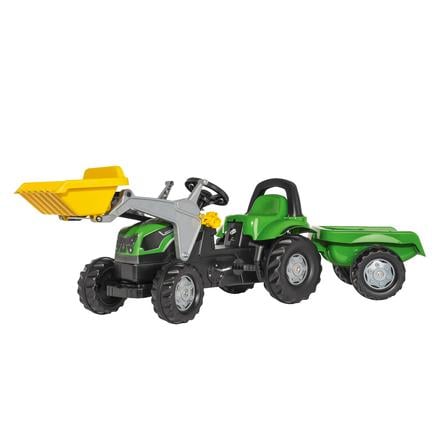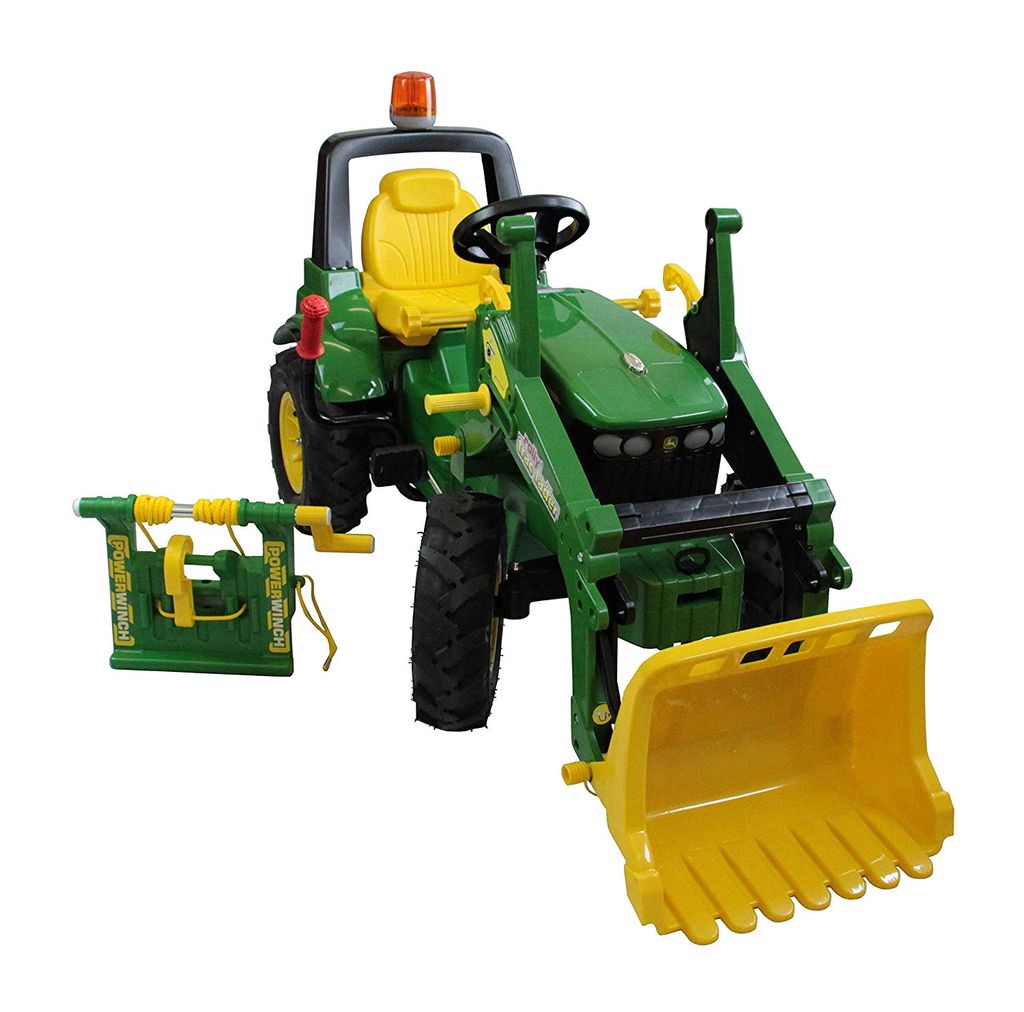
Rolly Toys® Trettraktor rollyFarmtrac Deutz-Fahr Agrotron 7250 TTV mit Frontlader online kaufen | baby-walz

ROLLY TOYS Trettraktor DEUTZ AGROTRON Spielzeug in Bayern - Rottenburg a.d.Laaber | Spielzeug für draussen günstig kaufen, gebraucht oder neu | eBay Kleinanzeigen

Trettraktor von Rolly Toys Deutz-Fahr in Bayern - Stadtlauringen | Spielzeug für draussen günstig kaufen, gebraucht oder neu | eBay Kleinanzeigen

Rolly Toys rollyFarmtrac Deutz-Fahr Agrotron 7250 TTV (700035) ab 134,99 € | Preisvergleich bei idealo.de

Trettraktor Rolly Toys Deutz in Bayern - Meitingen | Spielzeug für draussen günstig kaufen, gebraucht oder neu | eBay Kleinanzeigen

Rolly Toys rollyFarmtrac Trettraktor Deutz-Fahr 5120 (mit rollyTrac Lader, für Kinder von 3-8 Jahre, Sitz verstellbar, Flüsterlaufreifen) 611201: Amazon.de: Spielzeug














